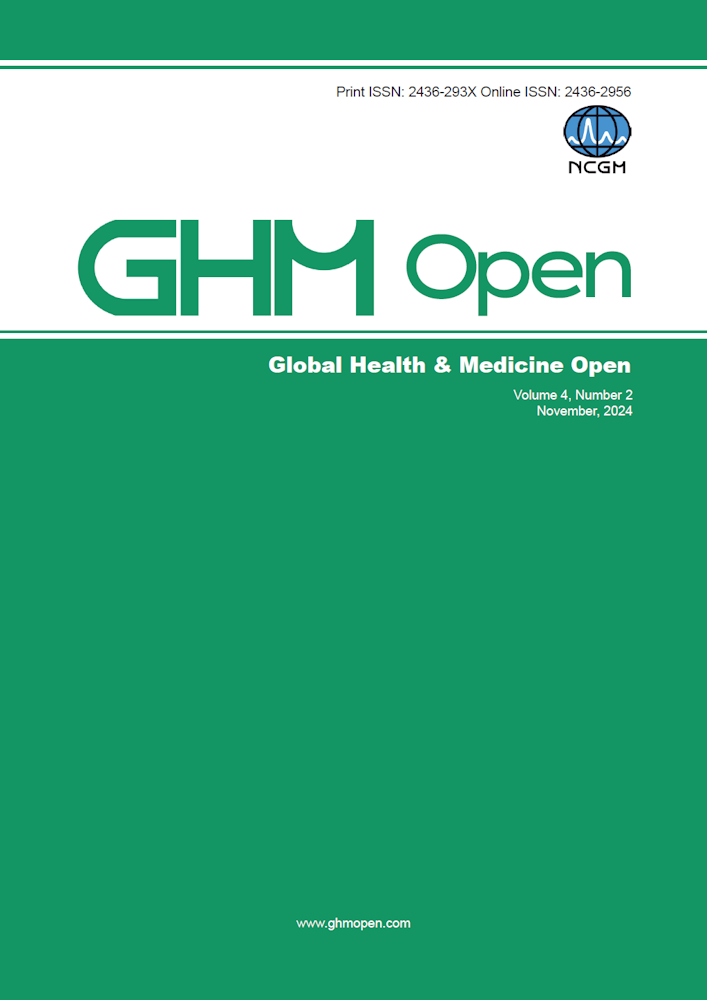Prevalence of hepatitis B and C, and their linkage to care among drug abusers attending psychiatric hospital in Hiroshima, Japan
Sugiyama A, Kagaya A, Ko K, Phyo Z, Akuffo GA, Akita T, Takahashi K, Tsukue R, Shimohara C, Tanaka J
Towards the WHO goal for hepatitis elimination, understanding the prevalence and management of hepatitis B and C viruses (HBV, HCV) among drug abusers is crucial. However, in Japan, where drug abuse is less prevalent than in other countries, there is a dearth of epidemiological studies on this topic. This study aimed to fill this gap by investigating virus prevalence and the testing and treatment landscape for drug abusers in Japan. We conducted a cross-sectional sero-epidemiological study at a psychiatric hospital in Hiroshima where approaching drug abusers was feasible. Blood samples and questionnaire on HBV/HCV testing and treatment were collected from drug abusers (n = 35, 85.7% male, mean age 55.4 years) and control group (n = 45, 71.1%, 48.2 years). Prevalence of HCV-Ab and HCV RNA in drug abusers was 60.0% (95% CI: 43.8–76.2%) and 28.6% (13.6–43.5%), respectively, which was significantly higher than in the control group (2.2%, 0.0%, respectively). All HCV-Ab positive drug abusers had undergone prior hepatitis virus testing, but only 42.9% of those eligible for HCV treatment were connected to it. For HBV, while prevalence of HBsAg was similar between groups (2.9% vs. 2.2%), prevalence of HBc-Ab was higher in drug abusers (34.3% vs. 17.8%), indicating a greater likelihood of exposure to HBV infection. In conclusion, HCV prevalence among drug abusers in psychiatric care is notably high. Although testing is accessible, a recognized challenge is the insufficient connection to treatment. Enhancing collaboration between psychiatric hospitals and hepatologists is crucial. Disregarding this issue is not an option for hepatitis elimination.







